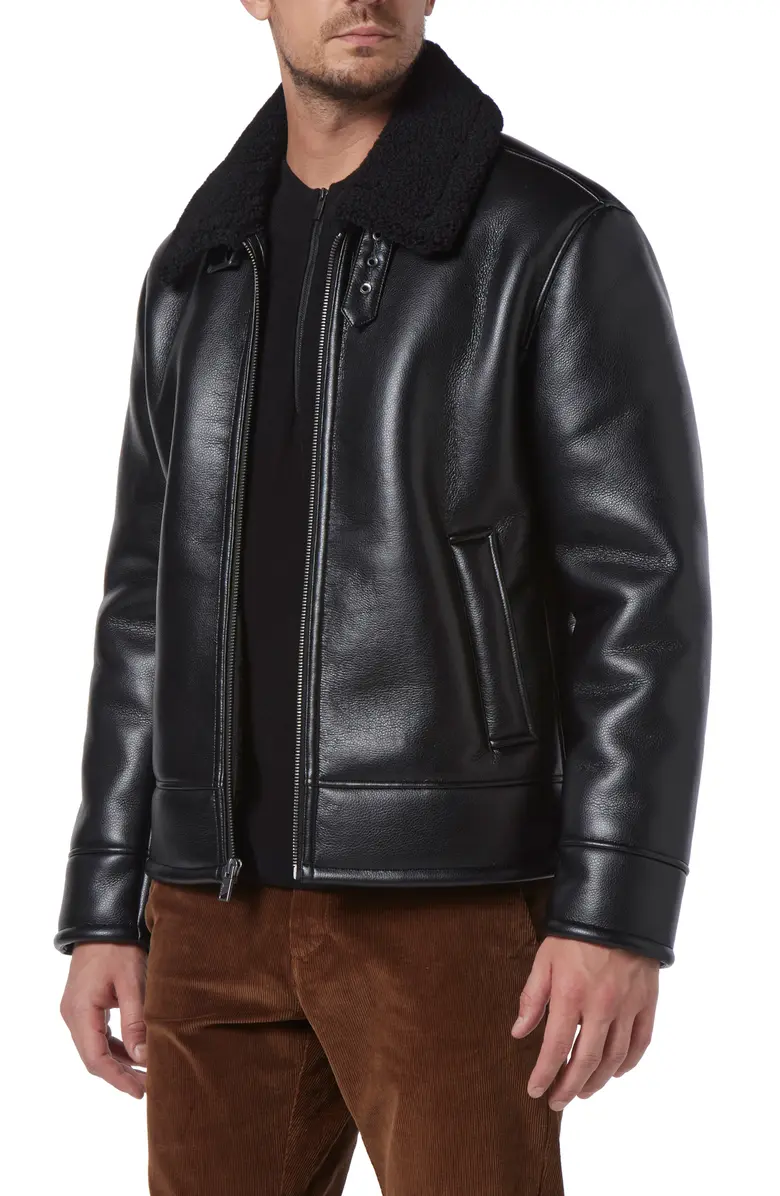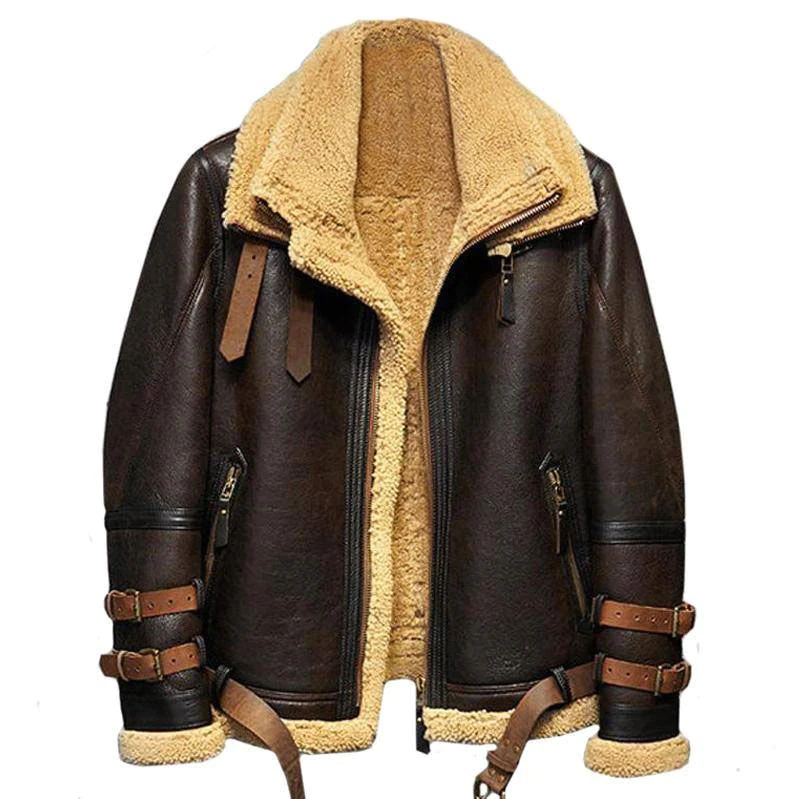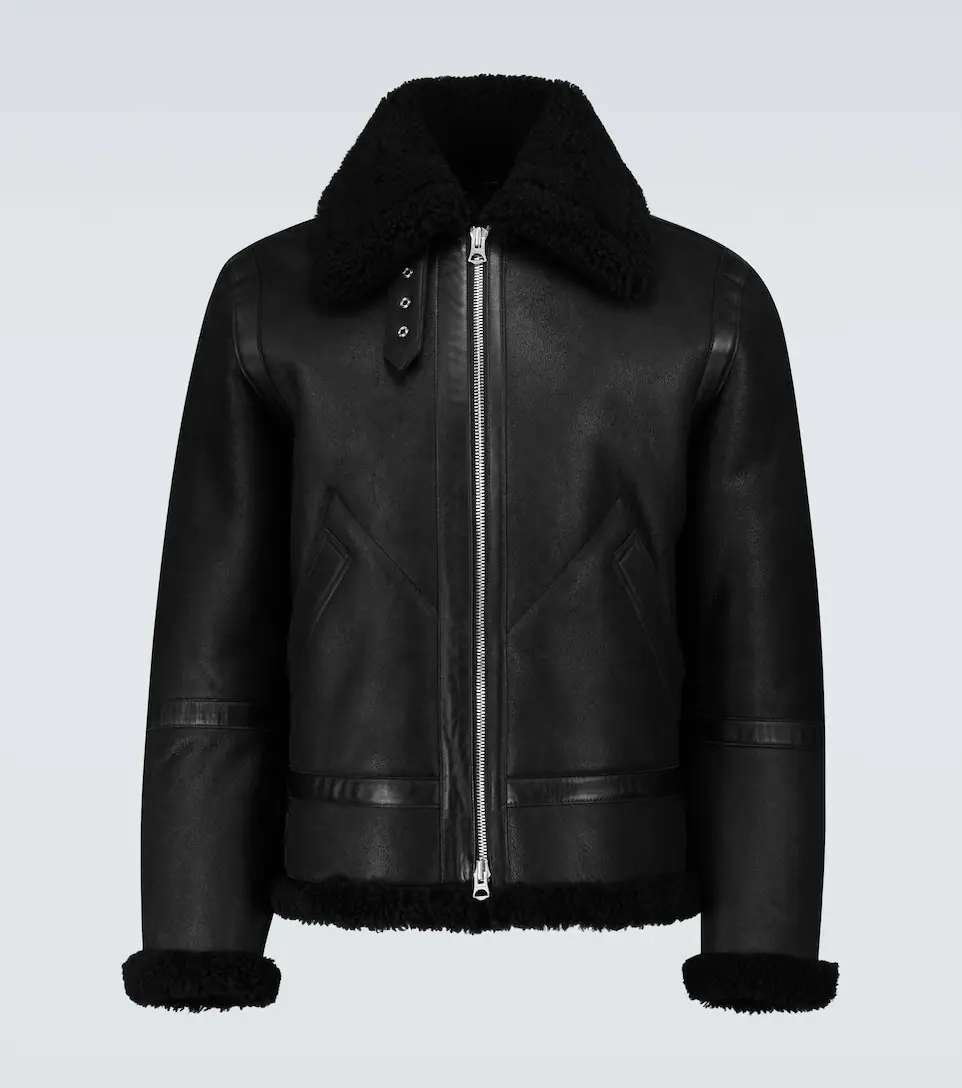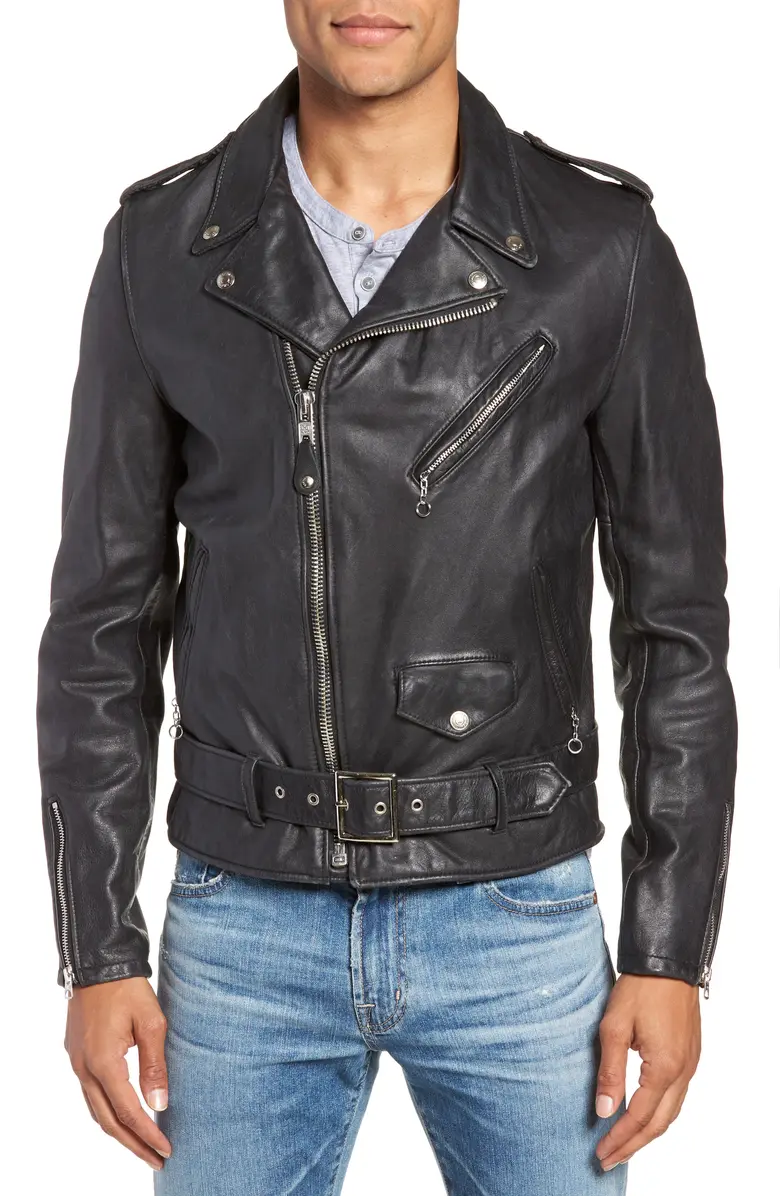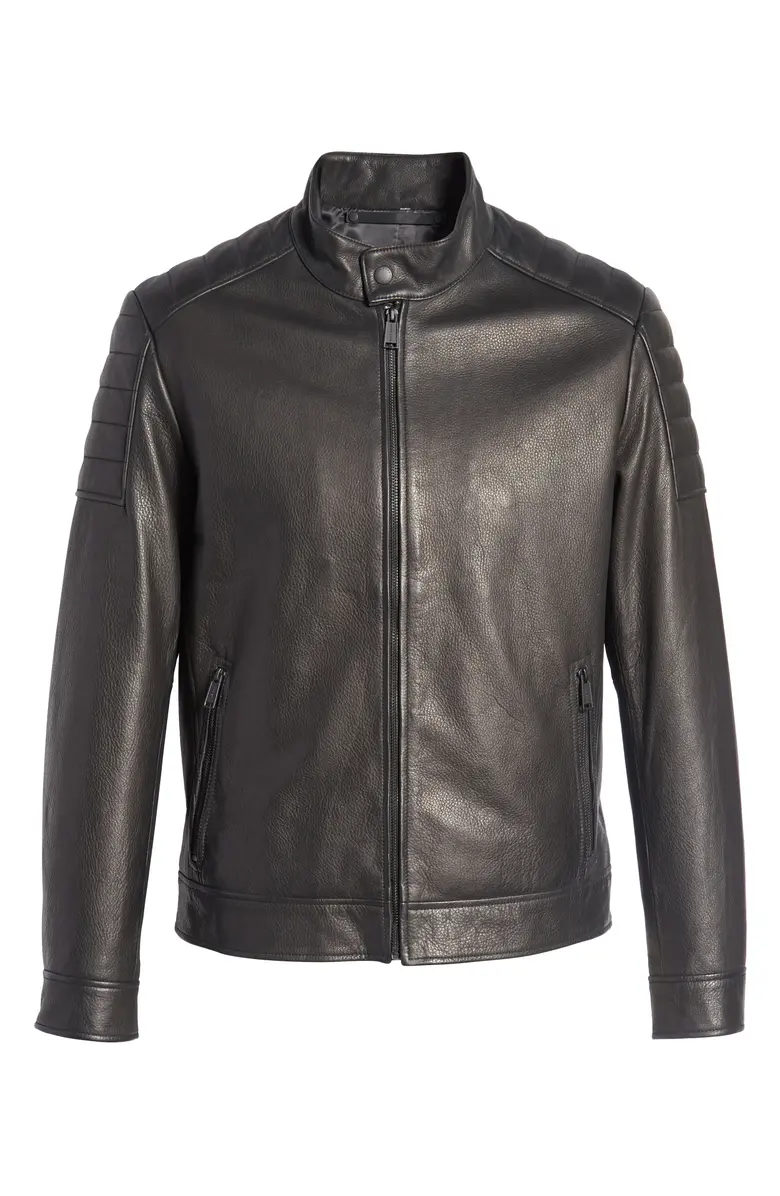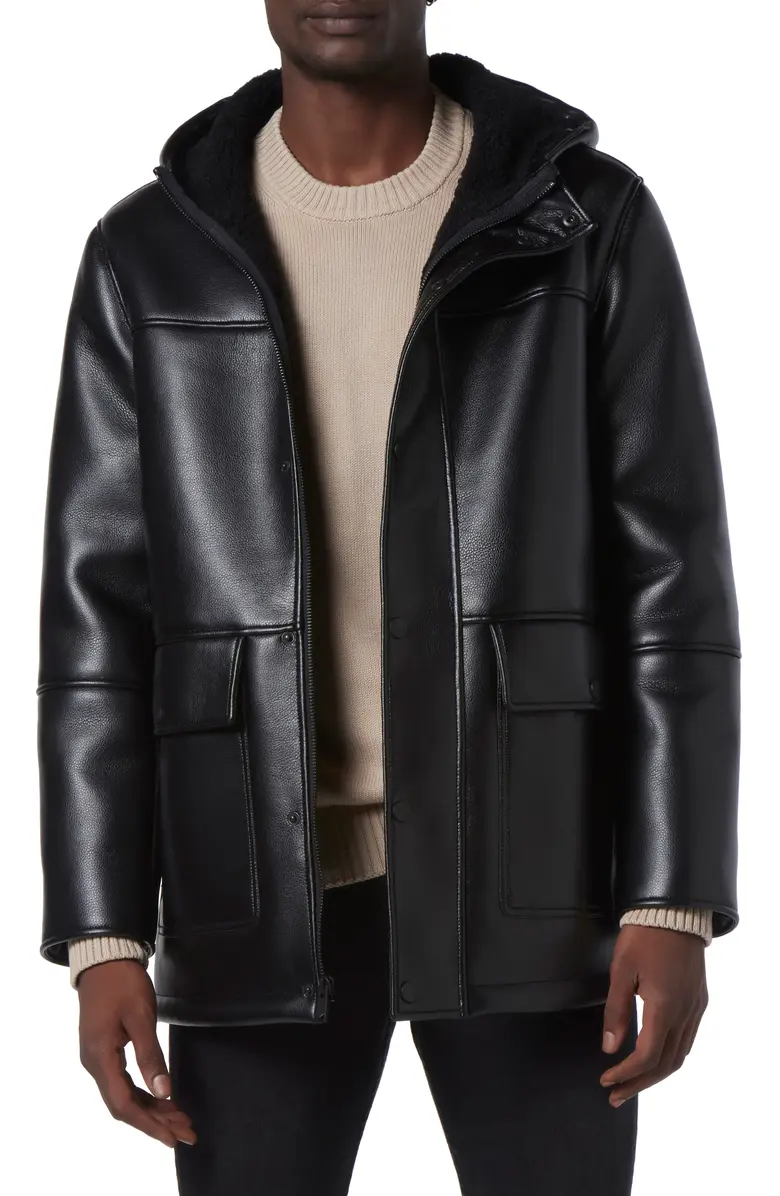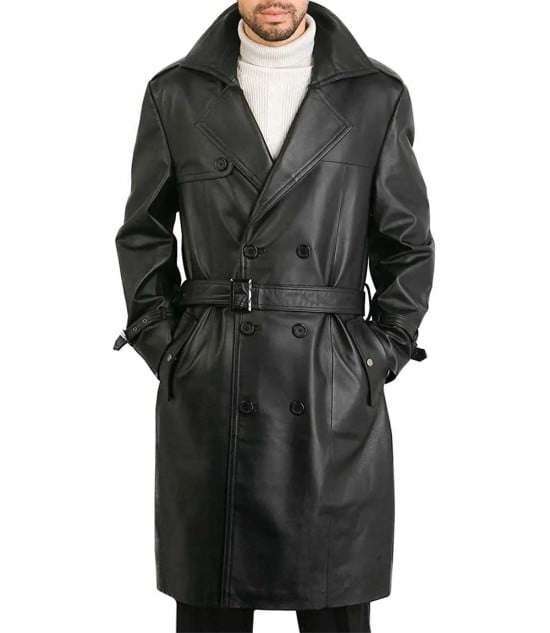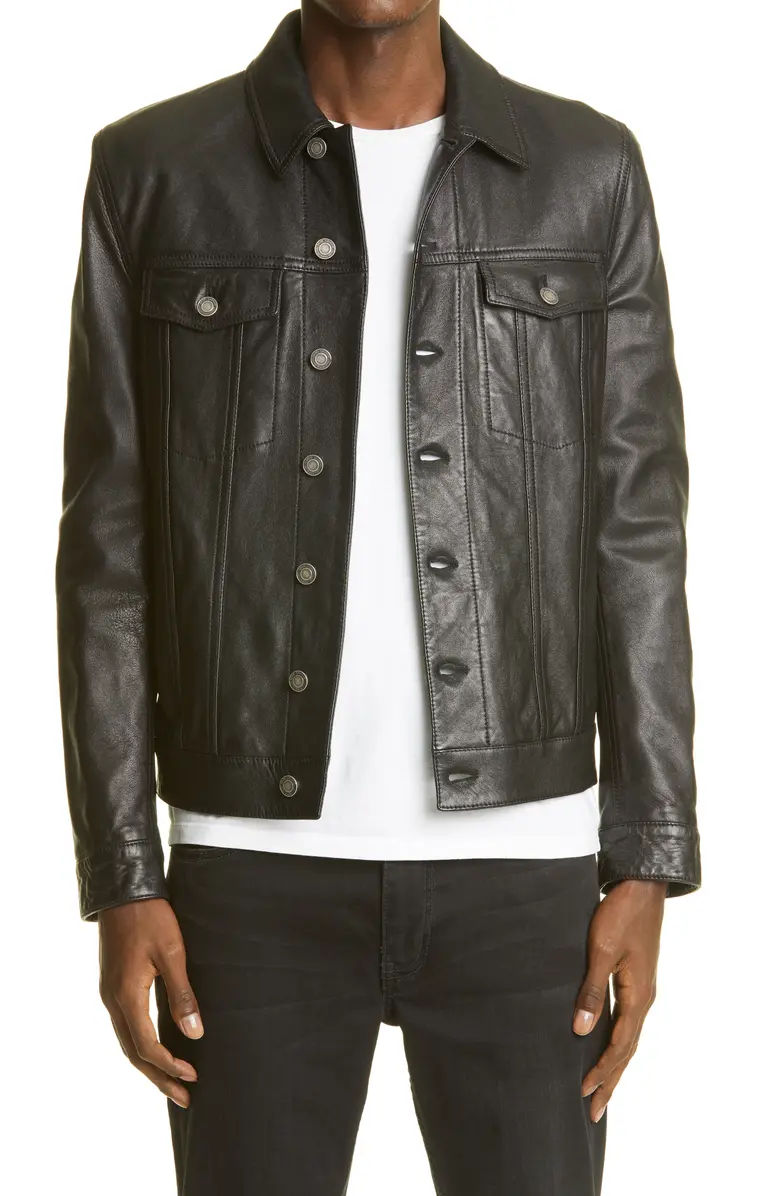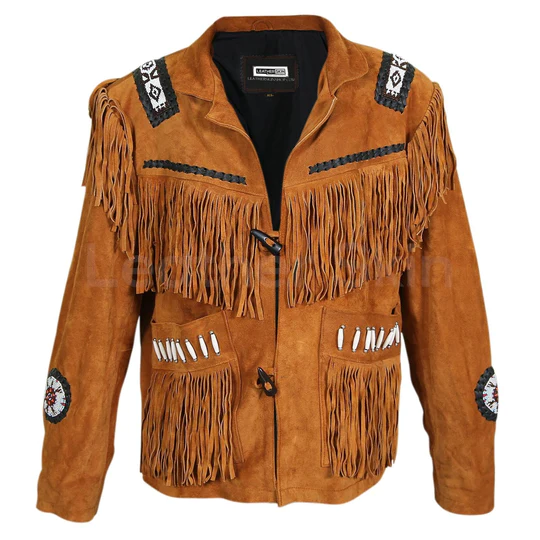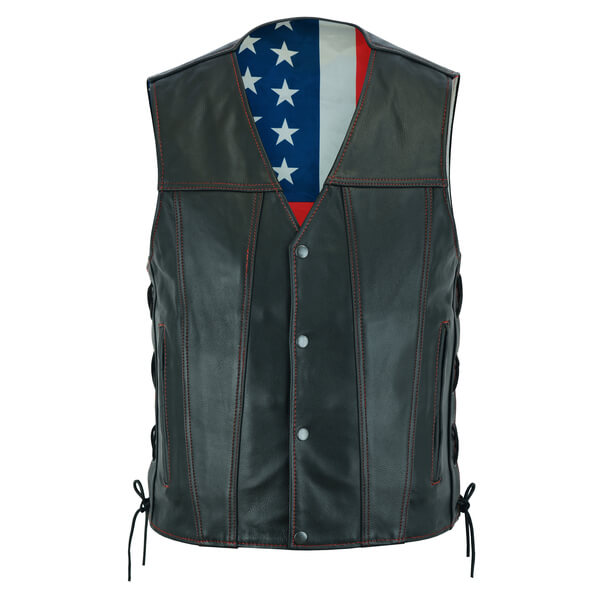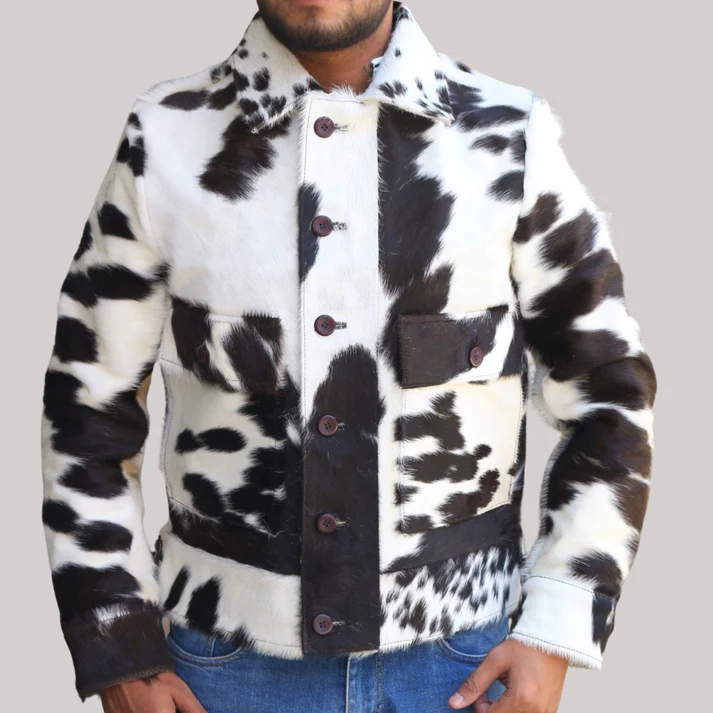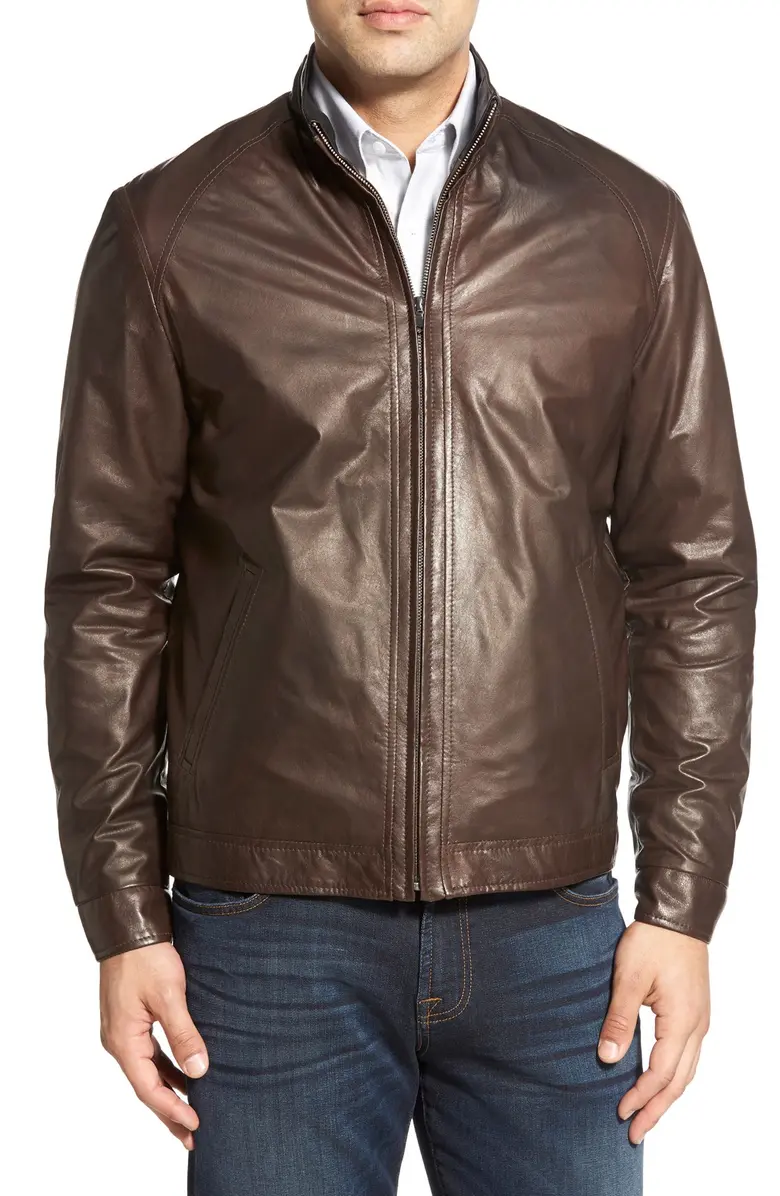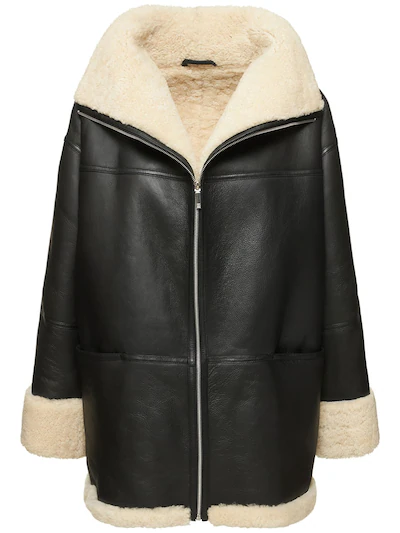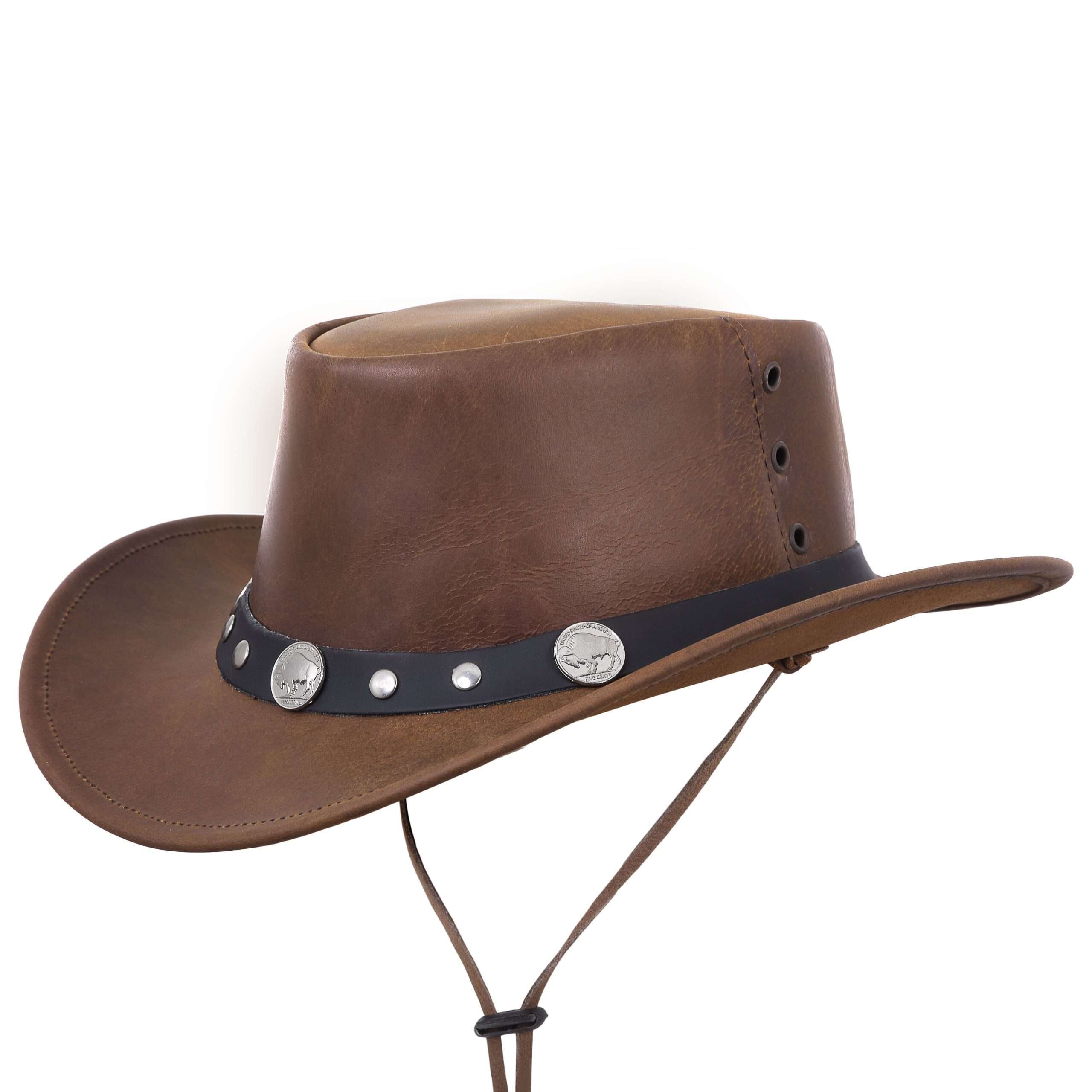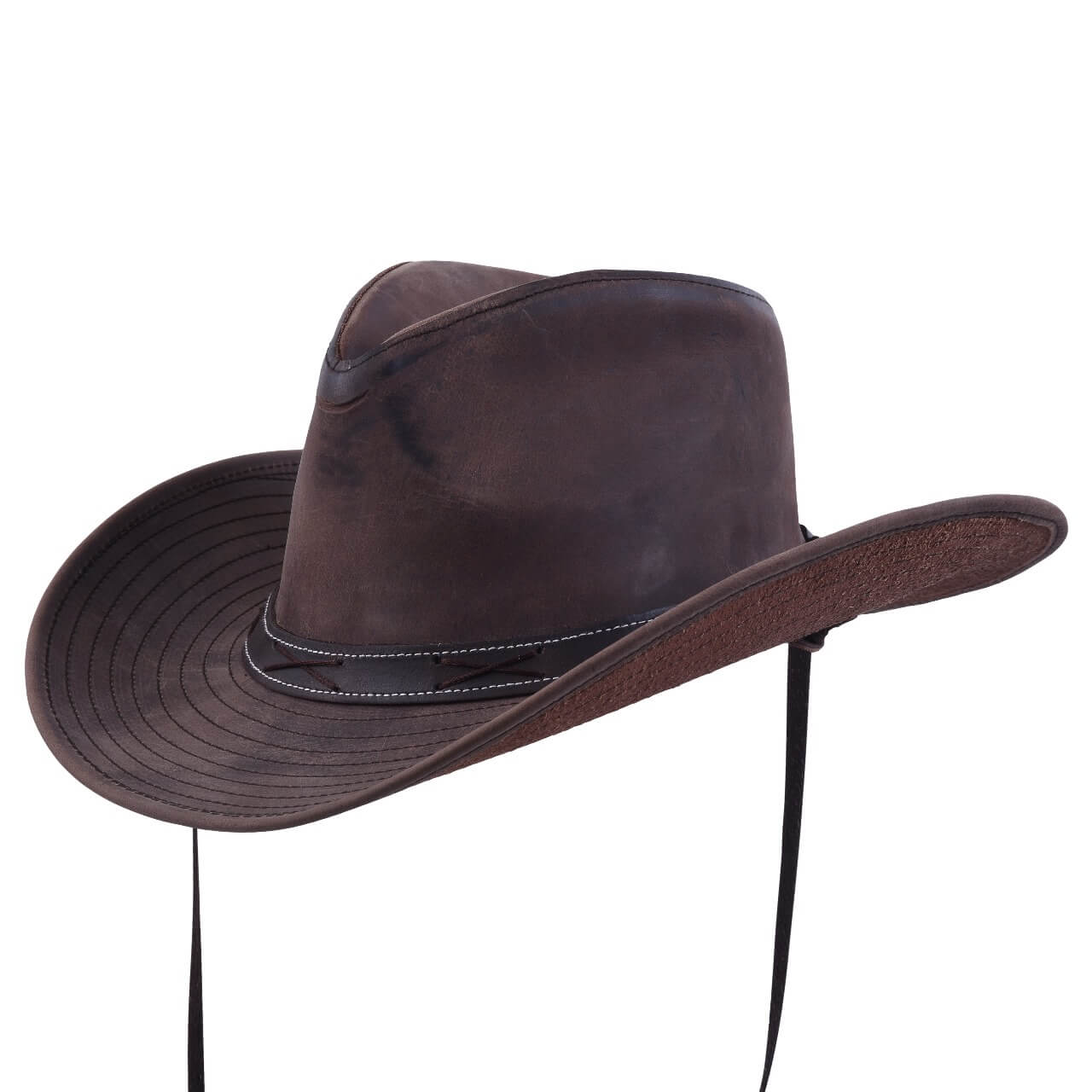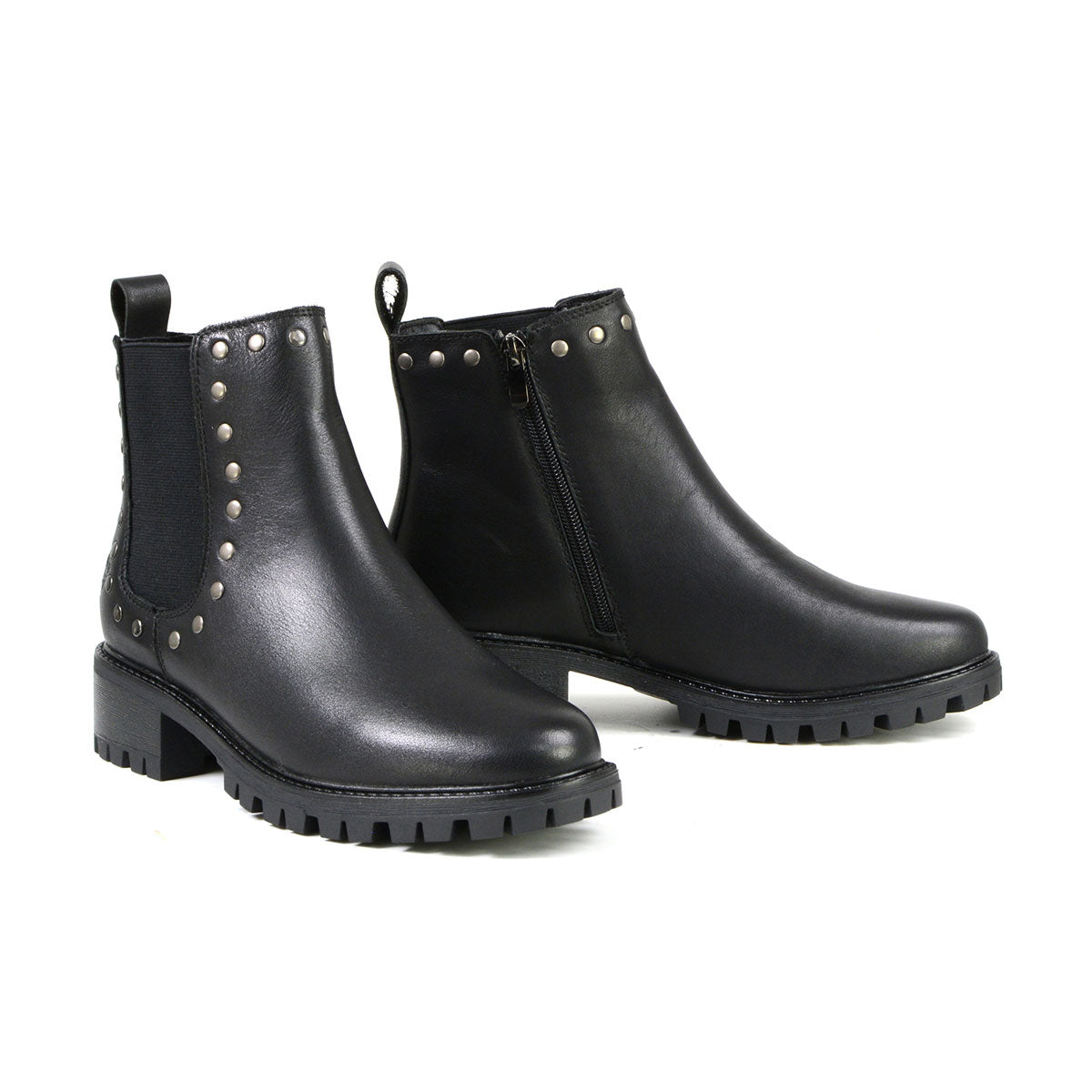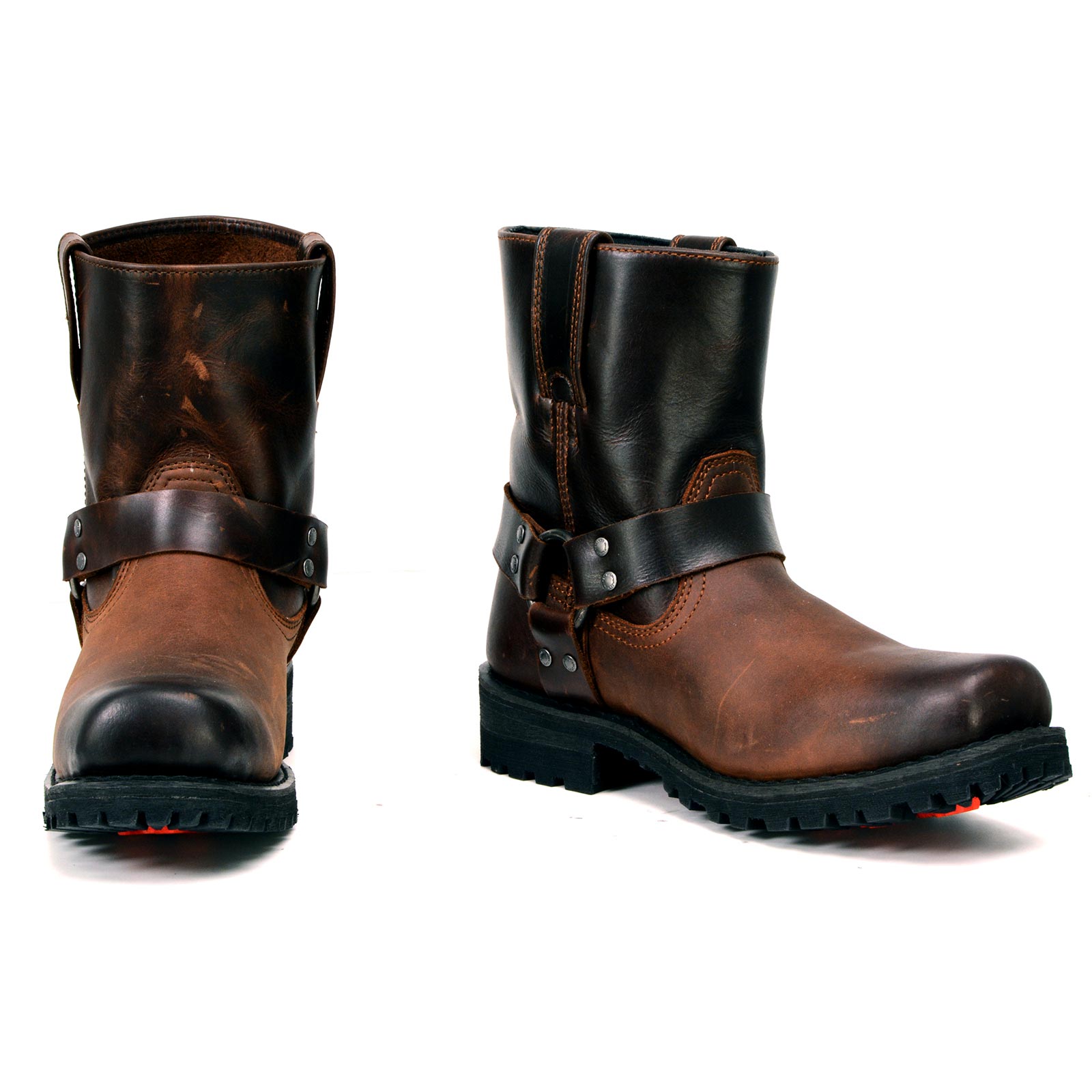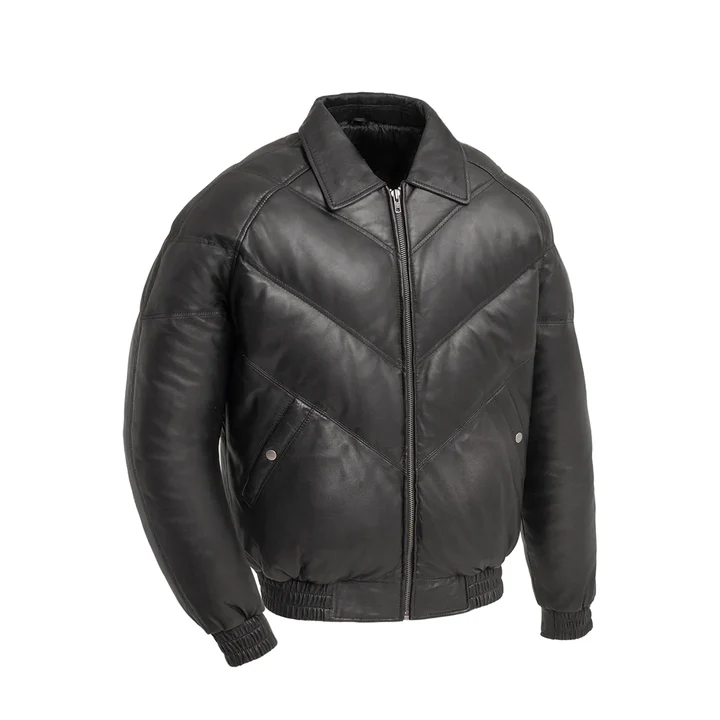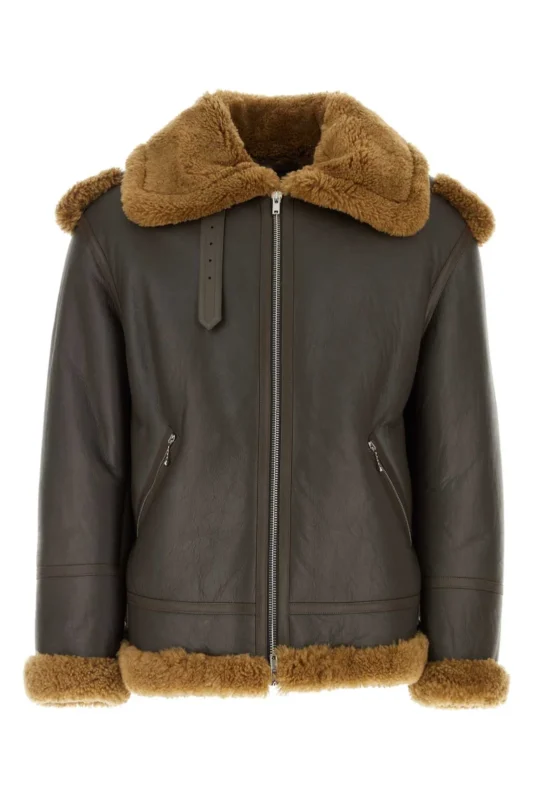Leather’s complex structure and natural properties make it particularly difficult to remove smoke odors once they become embedded. The material’s porous surface acts like a sponge, absorbing smoke particles deep within its fibers, making traditional cleaning methods often ineffective. Unlike other fabrics that can be simply washed, leather requires specialized care to prevent damage while attempting to eliminate unwanted smells.
Black Leather Puffer Down V Bomber Jacket Mens
Importance of Maintaining Your Leather Coat’s Quality
Leather coats represent a significant investment, often serving as timeless wardrobe pieces that can last for decades when properly maintained. Regular maintenance not only preserves the aesthetic appeal but also protects the material’s structural integrity. Smoke damage can significantly diminish both the monetary and practical value of leather garments, making prevention and prompt odor treatment essential for long-term preservation.
Overview of Effective Techniques to Remove Smoke Odor
Understanding the Problem
What Causes Smoke Odor to Linger in Leather?
Porous Nature of Leather
Leather’s natural structure consists of countless microscopic pores that originally allowed the living animal’s skin to breathe. These same pores now act as perfect traps for smoke particles and odor molecules. The interconnected network of fibers creates numerous tiny spaces where smoke residue can hide, making complete removal particularly challenging without penetrating these deeper layers.
Chemical Compounds in Smoke Residue
Smoke contains a complex mixture of chemical compounds, including tar, nicotine, and various volatile organic compounds (VOCs). These substances don’t simply sit on the leather’s surface but form chemical bonds with the material’s proteins. This chemical interaction creates a more permanent connection between the smoke particles and the leather fibers, making the odor more resistant to surface-level cleaning attempts.
Men’s B-3 Brown Leather Shearling Aviator Jacket
How Smoke Smell Affects Leather Over Time
Impact on Leather Texture and Longevity
Extended exposure to smoke can fundamentally alter leather’s texture and structural integrity. The acidic components in smoke residue can gradually break down the natural oils that keep leather supple and flexible. This degradation process can lead to cracking, stiffening, and premature aging of the material. Furthermore, the heat associated with smoke exposure can cause the leather to become brittle and more susceptible to damage.
Potential for Permanent Odor Embedding
Without prompt and proper treatment, smoke odors can become permanently embedded in leather through a process called oxidation. As time passes, the smoke particles continue to react with the leather’s surface, creating stronger bonds that become increasingly difficult to break. This chemical integration can reach a point where the odor becomes an intrinsic part of the material, making complete removal nearly impossible without risking damage to the leather itself. Additionally, the longer smoke residue remains in leather, the more likely it is to cause discoloration and other visible signs of damage, further compromising the garment’s appearance and value.
Preparation Before Odor Removal
Assessing the Condition of Your Leather Jacket
Identifying the Severity of the Smoke Smell
Before beginning any treatment, carefully evaluate how deeply the smoke odor has penetrated the leather. Test different areas of the coat, paying special attention to seams, folds, and lining where odors tend to concentrate. A thorough assessment helps determine whether home remedies will suffice or if professional cleaning is necessary.
Checking for Additional Stains or Damage
Examine the coat under bright light to identify any smoke-related discoloration, water spots, or physical damage. Look for areas where the leather appears dry, cracked, or particularly worn. These conditions may require special attention or limit the types of treatments you can safely use.
One Panel Leather Bomber Jacket Women Brown
Gathering Necessary Tools and Materials
Common Household Items
Collect clean, soft cloths or microfiber towels, paper towels, and plastic containers for treatment applications. Have a soft-bristled brush ready for gentle cleaning. Ensure you have adequate ventilation in your work area and prepare a clean, flat surface where you can lay out the coat.
Specialty Leather Care Products
Purchase a high-quality leather conditioner to restore moisture after treatment. Consider investing in a specialized leather cleaner and pH-neutral soap. Have leather protector spray available to apply after cleaning to prevent future odor absorption.
Home Remedies to Remove Smoke Smell
Using Baking Soda
Why Baking Soda Works on Odors
Baking soda’s alkaline nature neutralizes acidic odor molecules from smoke. Its fine particles can reach into leather’s pores, absorbing both moisture and odors without leaving residue. This natural deodorizer works gradually but effectively, making it safe for most leather types.
Step-by-Step Application Guide
Sprinkle baking soda evenly over the leather’s surface, ensuring complete coverage while avoiding excessive accumulation. Let it sit for 24 hours in a dry, well-ventilated area. Gently brush or vacuum the powder away using soft attachments to avoid scratching.
Soft Lambskin Sherpa Leather Women’s Long Coat
Activated Charcoal for Absorbing Odors
How Activated Charcoal Neutralizes Smoke Smell
Activated charcoal’s highly porous structure traps odor molecules within its microscopic chambers through adsorption. Its large surface area makes it particularly effective at capturing smoke particles and their associated odors.
Proper Placement and Timing
Place activated charcoal packets or containers near (but not directly on) the leather sherpa coat. Hang the coat in a closed space with the charcoal for 48-72 hours. Multiple sachets positioned strategically around the garment enhance effectiveness.
Vinegar Solution as a Deodorizer
Diluting Vinegar for Safe Leather Use
Mix one part white vinegar with two parts water to create a gentle cleaning solution. Test the mixture on a small, inconspicuous area first to ensure it won’t damage the leather’s finish or color.
Tips for Effective Application Without Damage
Use a very lightly dampened cloth to apply the solution, avoiding saturation. Work in small sections, immediately drying each area with a clean cloth. Maintain adequate ventilation to help dissipate both the vinegar and smoke odors.
Men’s Slim Fit Brown Sherpa Moto Jacket
Using Coffee Grounds
How Coffee Grounds Absorb Odors
Fresh coffee grounds contain nitrogen, which helps neutralize odors by binding with sulfur-containing compounds found in smoke. Their natural acids also help break down odor molecules while leaving a pleasant scent.
Applying Coffee Grounds Without Mess
Place fresh, dry coffee grounds in breathable fabric pouches. Position these sachets around and inside the coat without direct contact. Replace the grounds every few days until the desired result is achieved. Ensure no grounds come into direct contact with the leather to prevent staining.
Professional Cleaning Methods
When to Consider Professional Help
Situations That Require Expert Intervention
Professional intervention becomes necessary when home remedies fail to eliminate persistent smoke odors, particularly in cases of severe exposure or long-term smoke damage. Seek expert help if your leather coat shows signs of deterioration, such as cracking, severe discoloration, or if the smoke smell has penetrated deeply into the lining. Additionally, vintage or high-end designer leather coats should always be entrusted to professionals to maintain their value and integrity.
Benefits of Professional Cleaning Services
Professional leather cleaners possess specialized knowledge, experience, and access to industrial-grade cleaning solutions not available to consumers. They can accurately assess the leather type and condition, determining the most appropriate treatment method. Professional services often include conditioning treatments that restore the leather’s natural oils and protect against future damage. They also typically offer warranties or guarantees for their work, providing peace of mind for valuable garments.
Men’s Classic Genuine Brown Leather Blazer Jacket
Steam Cleaning for Smoke Smell Removal
Is Steam Cleaning Safe for Leather?
Steam cleaning leather requires expert knowledge as improper application can cause significant damage. While steam can effectively penetrate deep into leather’s pores to remove odors, the heat and moisture must be carefully controlled to prevent warping, shrinkage, or color bleeding. Professional-grade steam cleaners operate at specific temperatures and pressure levels that safely treat leather without compromising its structure.
How Professionals Use Steam to Clean Leather
Professional leather cleaners employ a methodical approach to steam cleaning. They begin by testing the leather’s reaction to steam in an inconspicuous area. The process involves maintaining precise distance between the steam nozzle and leather surface, using controlled bursts rather than continuous application. Professionals follow specific patterns to ensure even coverage while preventing water spots or heat damage. They immediately dry treated areas using specialized equipment and techniques to maintain the leather’s texture.
Ozone Treatment
What Is Ozone Treatment?
Ozone treatment involves using specialized equipment to generate ozone (O₃), a powerful oxidizing agent that breaks down odor-causing molecules at their source. This method is particularly effective for smoke odor removal because it can penetrate deeply into leather’s structure, reaching areas that traditional cleaning methods cannot. The process takes place in a controlled environment where the leather coat is exposed to specific concentrations of ozone for predetermined periods.
Effectiveness for Removing Deep Smoke Odors
Ozone treatment is considered one of the most effective methods for eliminating stubborn smoke odors from leather. The treatment works by breaking down the chemical compounds responsible for smoke odors through oxidation, effectively neutralizing them rather than simply masking them. Professional facilities carefully monitor ozone levels and exposure time to ensure maximum effectiveness while preventing any potential damage to the leather. The treatment can eliminate up to 99% of smoke odors, making it particularly valuable for severely affected garments.
However, ozone treatment must be performed by qualified professionals in properly equipped facilities, as incorrect application can damage leather and pose health risks. The process typically requires multiple sessions for optimal results, with professionals assessing the garment’s response between treatments. Following ozone treatment, leather often requires conditioning to restore moisture potentially lost during the process.
Sherpa Lined Genuine Leather Flight Bomber Aviator Jacket
Preventative Measures
Avoiding Smoke Exposure
Practical Tips to Keep Your Leather Smoke-Free
Protecting your leather coat from smoke exposure requires conscious effort and preventive strategies. When visiting places where smoke exposure is likely, consider wearing alternative outerwear. If you must wear your leather coat in smoking areas, minimize exposure time and keep moving to prevent smoke from settling. For smokers, designate specific clothing for smoking sessions and avoid wearing leather coats during these times. Additionally, always hang your coat away from cooking areas where food smoke and grease particles can accumulate.
Storage Solutions to Minimize Future Odor Risks
Proper storage plays a crucial role in preventing smoke odor absorption. Store your leather coat in a well-ventilated closet using a breathable garment bag made from natural materials like cotton. Avoid plastic covers that can trap moisture and odors. Install cedar blocks or activated charcoal sachets in your closet to absorb ambient odors before they reach your coat. Consider using dehumidifiers in storage areas to maintain optimal conditions, as excess moisture can make leather more susceptible to odor absorption.
Regular Cleaning and Maintenance
Importance of Routine Leather Care
Regular maintenance prevents smoke and other odors from becoming deeply embedded in leather fibers. A well-maintained leather coat develops a protective patina turning it into a distressed leather jacket that naturally resists odor absorption. Routine care also helps identify and address potential issues before they become severe problems. Proper maintenance extends the life of your leather coat while maintaining its aesthetic appeal and market value.
3/4 Length Distressed Mens Brown Leather Car Coat
Recommended Cleaning Schedules
Implement a consistent cleaning schedule based on wear frequency and exposure conditions. For regularly worn coats, perform surface cleaning with a soft, dry cloth weekly to remove dust and surface contaminants. Conduct deeper cleaning with leather-specific products monthly, focusing on areas that contact skin or external environments most frequently. Schedule professional cleaning at least annually, or more frequently for coats exposed to challenging environments. After each wearing in smoke-prone environments, wipe down the coat with a clean, slightly damp cloth followed by a dry cloth.
Using Leather-Safe Protective Products
Best Products for Odor Prevention
Invest in high-quality leather protectors specifically designed to create a barrier against odors and stains. Look for pH-balanced products containing natural waxes and silicone-free water repellents. Use leather conditioners with built-in protection features that maintain the material’s natural oils while providing an additional defensive layer. Consider products containing activated carbon or other odor-absorbing compounds specifically formulated for leather care.
Application Techniques for Long-Term Protection
Apply protective products methodically to ensure comprehensive coverage without oversaturation. Start with a clean, dry surface and test products on a small, inconspicuous area first. Use soft, lint-free cloths to apply protectants in thin, even layers, working in small sections. Allow each layer to fully absorb before applying additional coats. Pay special attention to high-exposure areas like collars, cuffs, and pockets. Reapply protective treatments every three to six months, or more frequently in challenging environments. Maintain detailed records of product applications and cleaning schedules to establish an effective maintenance routine.
Remember to always follow manufacturer recommendations for specific leather types and finishes, as different leather treatments may require modified protection strategies.
Troubleshooting and Common Mistakes
Why the Smell May Persist
Overlooking Hidden Smoke Residue
Smoke odors often persist despite cleaning efforts due to residue trapped in less obvious areas. The lining of leather coats, especially in pleats and seams, can harbor significant amounts of smoke particles that continue to release odors over time. Internal pockets and areas around buttons or zippers frequently collect residue that regular cleaning methods might miss. Additionally, smoke particles can penetrate the internal padding or insulation of leather coats, creating a reservoir of odor that surfaces gradually, making it seem like cleaning efforts have failed when in fact these hidden areas need targeted treatment.
Using the Wrong Cleaning Products
Many well-intentioned cleaning attempts fail because of inappropriate product selection. Harsh household cleaners, even those effective on other materials, can strip leather of its natural oils and damage its surface while failing to address the underlying smoke odor. Some cleaning products might temporarily mask the smell but actually react with the smoke residue to create new chemical compounds that are even more difficult to remove. Water-based solutions used improperly can push smoke particles deeper into the leather’s pores, making extraction more challenging.
Mens Leather Trench Coat Full Length Black
Avoiding Damage to Leather
Common Mistakes in DIY Cleaning
Do-it-yourself cleaning efforts often lead to unintended damage when proper precautions aren’t taken. Over-saturating leather with cleaning solutions is a frequent mistake that can cause water damage, staining, and structural weakness. Aggressive scrubbing, even with seemingly soft materials, can scratch or wear away the leather’s protective finish. Using heat to speed up drying after cleaning can cause shrinkage and cracking. Another common error is applying cleaning products without proper ventilation, which can trap chemicals and odors within the leather’s structure.
People often make the mistake of mixing different cleaning products without understanding their chemical interactions, potentially creating harmful combinations that can deteriorate leather. Some attempt to use bleach or other harsh disinfectants, believing stronger chemicals will work better, only to discover they’ve permanently damaged the leather’s color and texture.
How to Repair Damage Caused by Incorrect Methods
When cleaning attempts go wrong, immediate intervention can help minimize long-term damage. For water damage, quickly drying the leather in a well-ventilated area away from direct heat sources is crucial. If the leather becomes stiff from over-drying, applying a quality leather conditioner can help restore flexibility. For surface scratches caused by aggressive cleaning, leather repair kits specifically designed for the leather’s color and finish can help camouflage the damage.
Discoloration from harsh chemicals might require professional color restoration, but minor spots can sometimes be addressed with leather dye products designed for home use. If cleaning attempts have stripped the leather’s protective finish, applying a leather restorer followed by a protectant can help prevent further damage. However, significant damage like cracking, peeling, or chemical burns typically requires professional intervention.
The key to repairing damage is acting quickly while avoiding any additional treatments that might compound the problem. Sometimes, letting the leather rest and naturally reabsorb oils from proper conditioning is better than attempting aggressive repairs that might cause more harm.
Conclusion
Successfully removing smoke odors from leather requires understanding the material’s porous structure and how smoke particles form chemical bonds with leather fibers. Effective treatment starts with proper assessment, followed by either carefully applied home remedies for mild cases or professional cleaning services for severe contamination. Professional methods like steam cleaning and ozone treatment, while more expensive, offer powerful solutions with specialized equipment that preserves leather integrity. Prevention through regular maintenance, proper storage, and protective products remains the most effective strategy against smoke odor absorption. The key to success lies in patience and proper technique – whether using home remedies or professional services – as rushing or using aggressive methods can lead to permanent damage while compromising leather quality.
Frequently Asked Questions
1. Can smoke smell be completely removed from leather?
Yes, smoke smell can typically be completely removed from leather with proper treatment. However, the success rate depends on factors like exposure duration, smoke intensity, and how quickly treatment begins after exposure.
2. Is it safe to use household products on leather coats?
Only certain household products, such as baking soda and diluted white vinegar, are safe for leather when used correctly. Many common household cleaners can damage leather’s finish and structure, so it’s crucial to use only recommended products and test them on a small area first.
3. How long does it take to remove smoke smell from leather?
The timeline varies from a few days to several weeks, depending on the treatment method and odor severity. Home remedies typically take longer, often 1-2 weeks, while professional treatments can show results in 24-72 hours.
4. Are there any risks to using professional cleaning services?
While professional cleaning is generally safe, there are minimal risks including potential color fading or texture changes if improper techniques are used. However, these risks are significantly lower with reputable cleaning services that specialize in leather care.
5. How can I prevent smoke smell from recurring?
Prevention involves storing leather coats in well-ventilated areas, using protective sprays specifically designed for leather, and avoiding direct exposure to smoke. Regular maintenance and prompt cleaning after any smoke exposure also help prevent odor recurrence.

